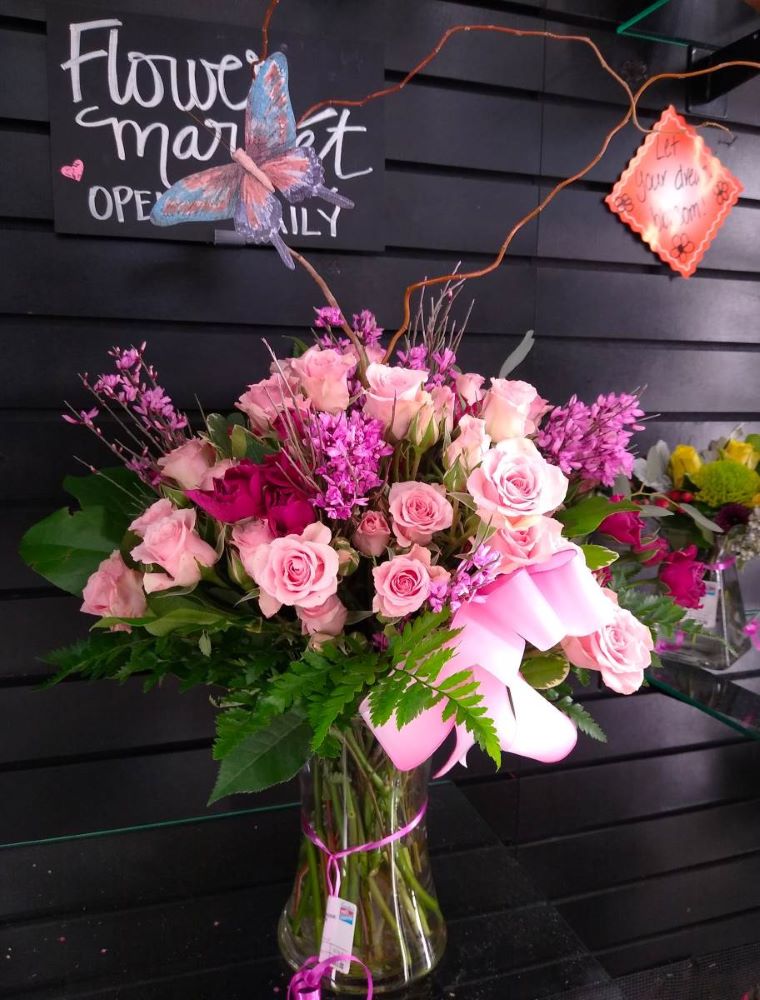When did we start bringing flowers out of fields, greenhouses and gardens into our lives? When did they become a means of creative expression with their silent, fragrant language that speaks love, compassion, celebration and so much more?
My awareness of flowers as a creative art happened as a child. In 1941, my maternal grandparents, William and Anne Dalton, opened Dalton’s Flowers. A Kansas City icon for more than eighty years, their multi-generational floral and greenhouse business just closed in 2024. For almost a century, my grandparents, uncles, aunts, cousins and countless family friends created and delivered extraordinary floral designs across the KC region. Their work was art, flowers the medium.

Nearly 2,800 years before my entrepreneurial, artistic family opened our flower shop, the Egyptians and their imagination were similarly inspired. Fascinated by the beauty and fragrance of flowers from around the world, they used flowers for personal ornamentation, cultural and social celebrations and to decorate their living spaces. Flowers, and floral design, also became frequent elements featured in Egyptian art.
Flowers selected for design were chosen not only for their beauty and fragrance but their symbolism and meaning. Garlands, wreaths, floral collars, jewelry and headdresses, wedding flowers for brides and grooms, arrangements for religious ceremonies, and floral art to adorn statues and decorate tombs were among the floral art they created.
In the centuries since the Egyptians explored the potential of flowers as art, interest and fascination with earth’s botanical gifts has grown. The perspective of flowers as art, and a medium to create art, crosses cultures and geographies. Designers, and those who simply love flowers, have evolved the art of floral design.
The tradition of selecting flowers for both beauty and symbolism has remained at the core of floral design across periods, styles and countries. As they have for thousands of years, flower species and colors continue to have their own lexicon. Some meanings and symbolism have carried forward while others have evolved more recently. As in the past, flowers’ specific meanings and messages frequently become part of the artist’s palette.
Since I was a child, I have seen floral designers create works of art using nature’s art. During these years, one aspect of this art has always been on my mind. It is temporal. Unique to many other art forms, fresh flowers live a relatively short time—as does the art created with them. For me, this fleeting beauty doesn’t diminish but, instead, makes the art more valuable.